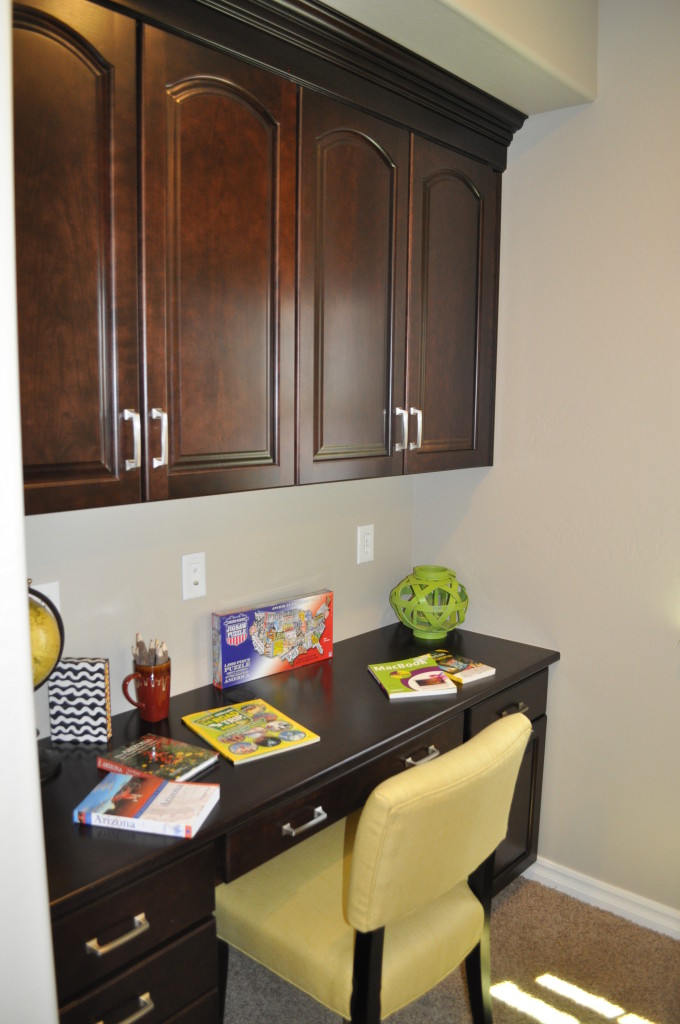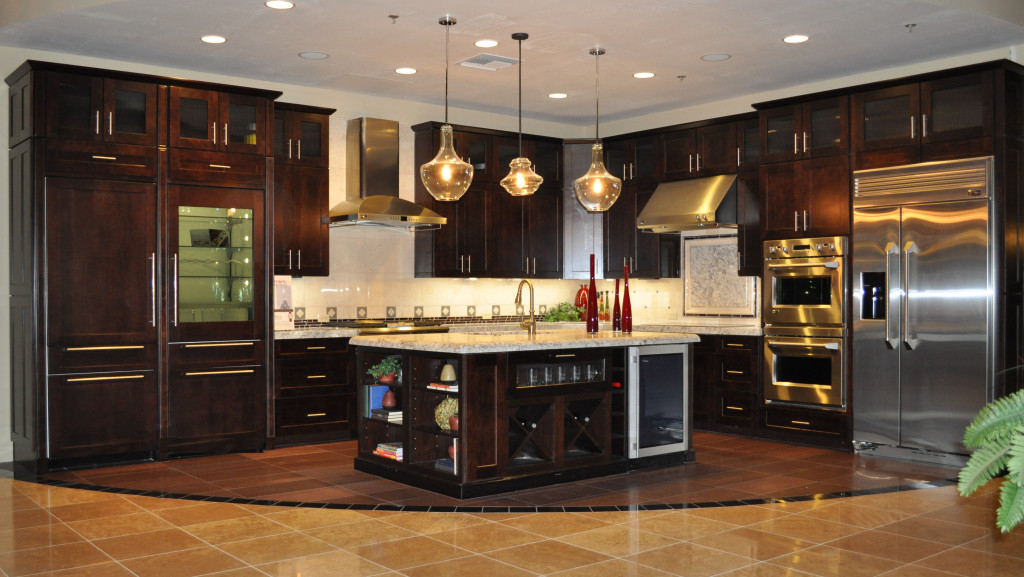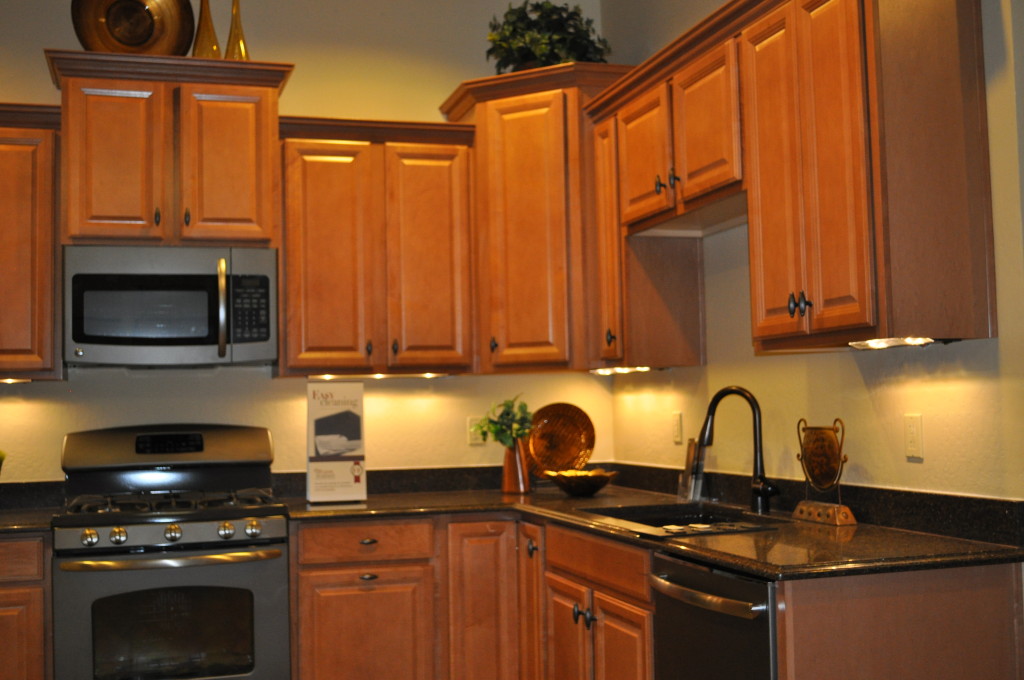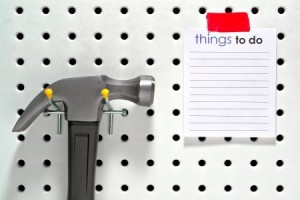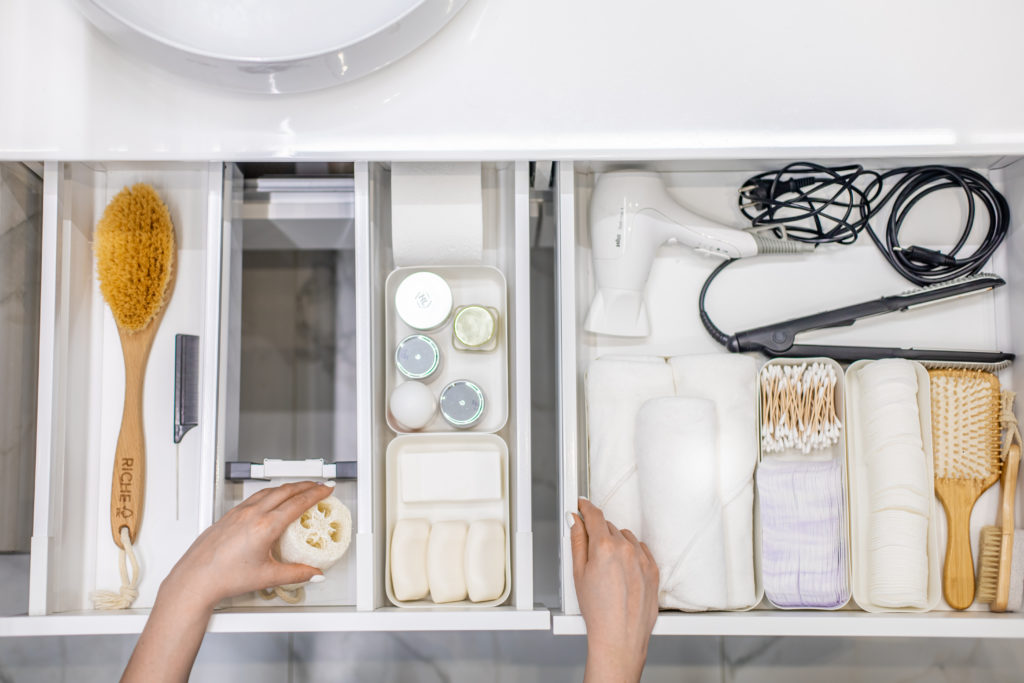
Would you like to be one of those people who never minds if neighbors or friends stop by because your home always looks fabulous? You can make that happen with just a few changes to your routine. Here are some suggestions to creating a fresh and inviting home free of clutter and dirt. Let’s start with clutter.
A place for everything: Now, getting here is not easy or fast. It’s up to you to make a commitment to organizing and creating systems that everyone in your family can handle. You might want to start by thinking of your home as a retail store. For example, put all of the office/school supplies in one place, all bed linens in another. Also, invest in a little label maker. You can then label the inside of every drawer and cupboard with a description of its contents, and even label some items – such as the scissors – with their category so it’s easy to remember where to put them back after using them.
Buy and use a put-away basket: Every evening walk through your house and put everything that’s out of place in the basket. Then walk through a second time and put it all where it belongs. This is also a great project to delegate to your kids. You can even charge a fine – a nickel for anything that any family member forgets to put back in its place. Save the money for a family dinner out in the future.
Assign standard chores: These can include everyone – you, kids and spouse – making their own beds, rinsing and putting their own dishes in the dishwasher, choosing their clothes for school the next day, and whatever else you want to see happen daily. Once these habits develop your responsibilities will diminish. This also provides a good discipline for their future lives.
Understand that none of these steps will happen overnight. This is a work in process and you will always have to make adjustments over time. But the best time to start is now. And maybe every week you’ll see signs of progress.
Be sure to come back tomorrow for Part II!

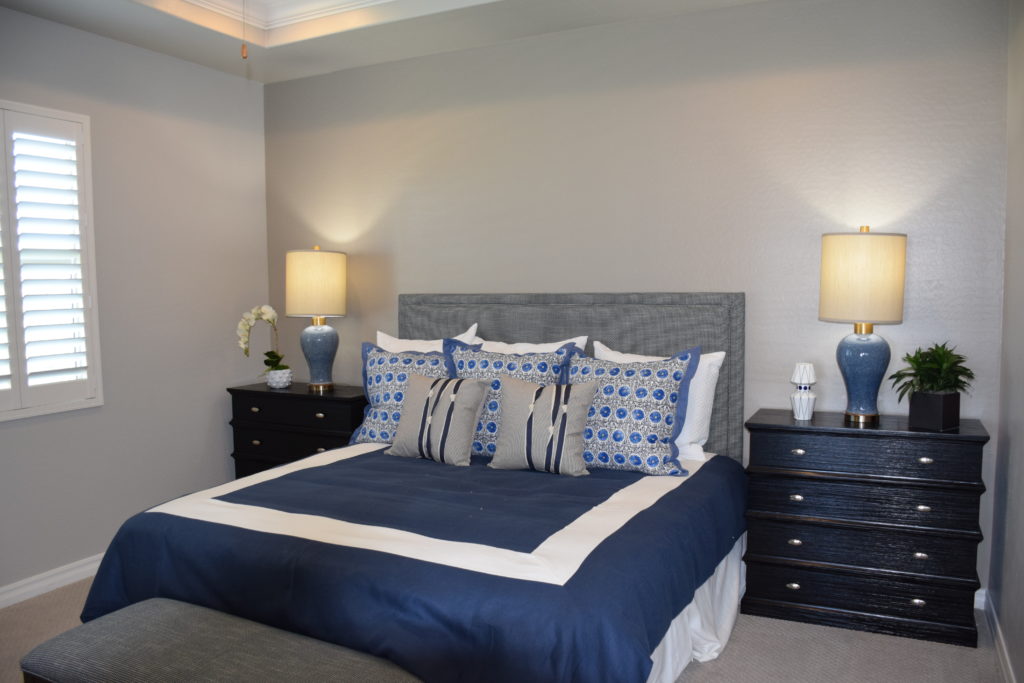
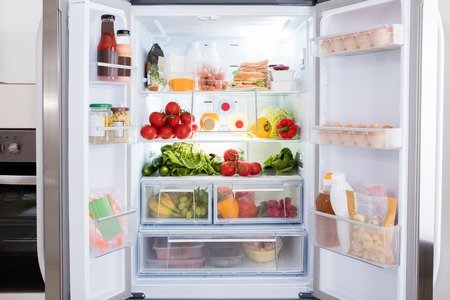
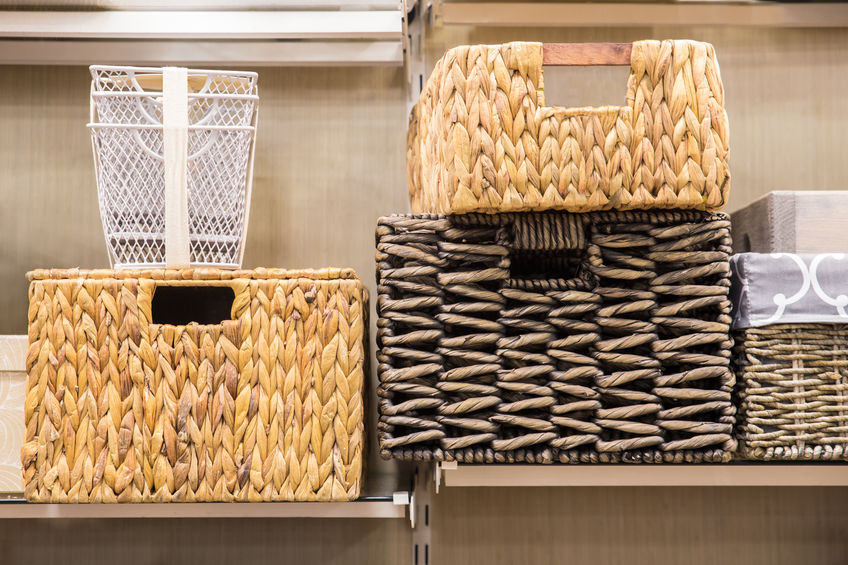
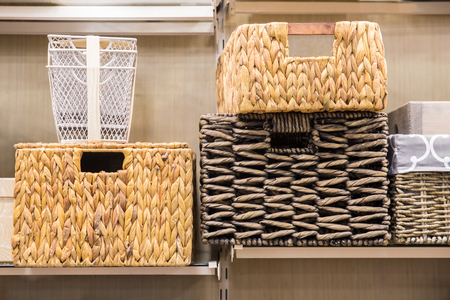
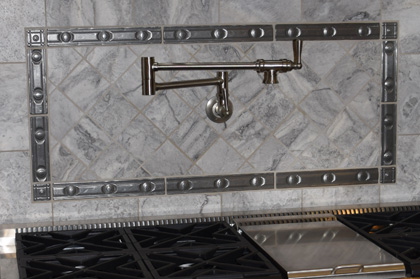 Would you appreciate never having to haul a heavy pot of water between your sink and range again? If you enjoy pastas, soups and stews, you may find that a pot filler reduces back strain, prep time and makes meal preparation that much easier.
Would you appreciate never having to haul a heavy pot of water between your sink and range again? If you enjoy pastas, soups and stews, you may find that a pot filler reduces back strain, prep time and makes meal preparation that much easier.